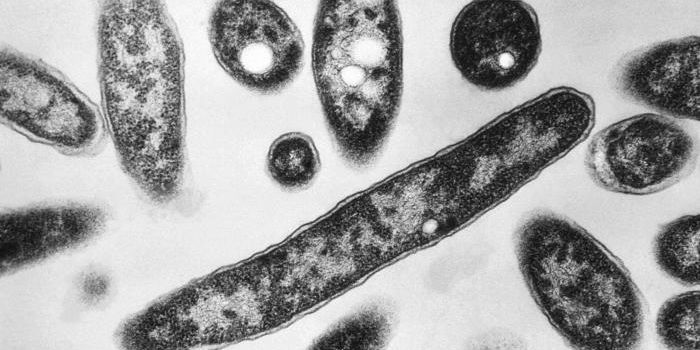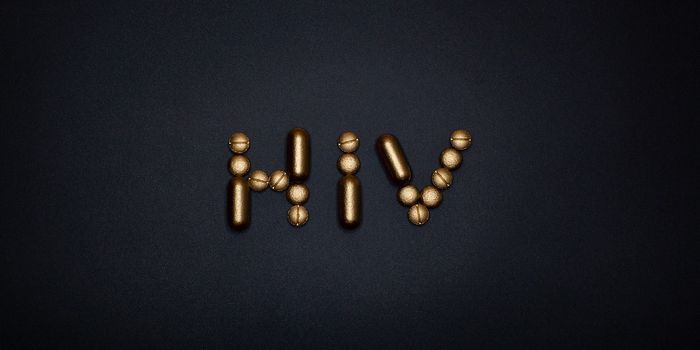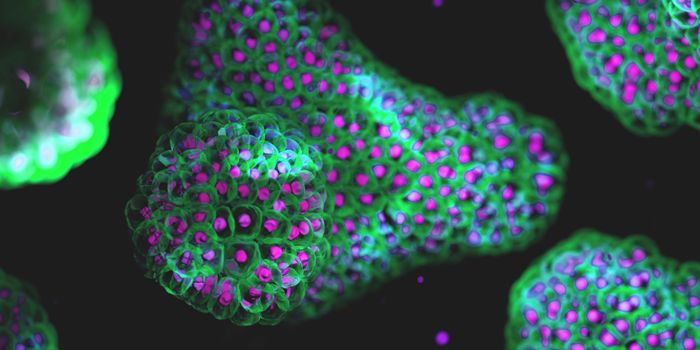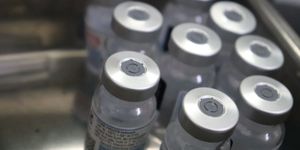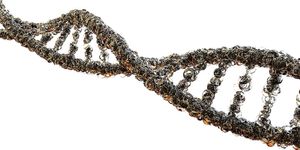A Human Embryo Model is Made From Stem Cells
Some diseases begin in early development. To learn more about how they happen and how they might be treated, and to gain more insight into the basic biology of the human embryo, scientists have to use animal models as stand-ins or surplus embryos that are donated by people who underwent in vitro fertilization. There are also rules prohibiting research on human embryos older than fourteen days, placing major limitations on what these studies can accomplish.
Stem cells were once just as controversial and difficult to study, because there were few ways to obtain them. One potential source was human embryos, but that was prohibited in many ways. But then, Nobel Prize winner Shinya Yamanaka developed a method for reprogramming cells genetically, to turn them from mature adult skin cells into stem cells that can specialize into any type of cell - induced pluripotent stem cells (iPSCs), and human embryos weren't needed anymore.
Those iPSCs opened up a world of new research, including the creation of organoids, miniature models of human organs that spontaneously form little, three-dimensional structures. They can be made by genetically programming iPSCs to become cell types that are found in a partcular organ, and many have been made.
Researchers at Caltech have now engineered structures that are like human embryos using stem cells. These structures don't need a sperm and egg to fuse; they are made by bringing real pluripotent cells together. They were isolated from an embryo by another team of researchers, and they've been maintained in the lab ever since. When expanded and grown together, these cells still produce embryonic and pre-embryonic tissues. No additional human tissue will be needed to make more of these strcutures and use them in research studies. The work has been reported in Nature Communications.
"The ability to assemble the basic structure of the embryo seems to be a built-in property of these earliest embryonic cells that they are simply unable to 'forget,'" said Magdalena Zernicka-Goetz, Bren Professor of Biology and Biological Engineering at Caltech.
"Nevertheless, either their memory is not absolutely precise or we don't yet have the best method of helping the cells recover their memories. We still have further work to do before we can get human stem cells to achieve the developmental accuracy that is possible with their equivalent mouse stem cell counterparts."
As it improves, researchers can use this model to learn more about the genes that play critical roles in development, what might happen if they are disregulated or carry mutations, and other questions about development.
Sources: California Institute of Technology, Nature Communications


